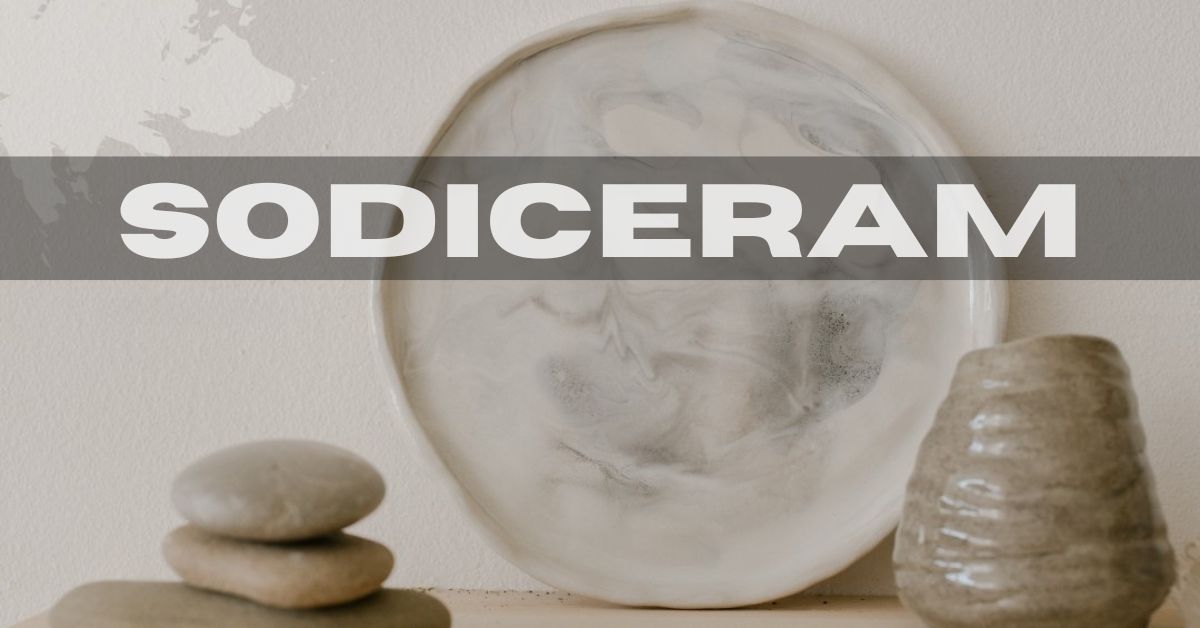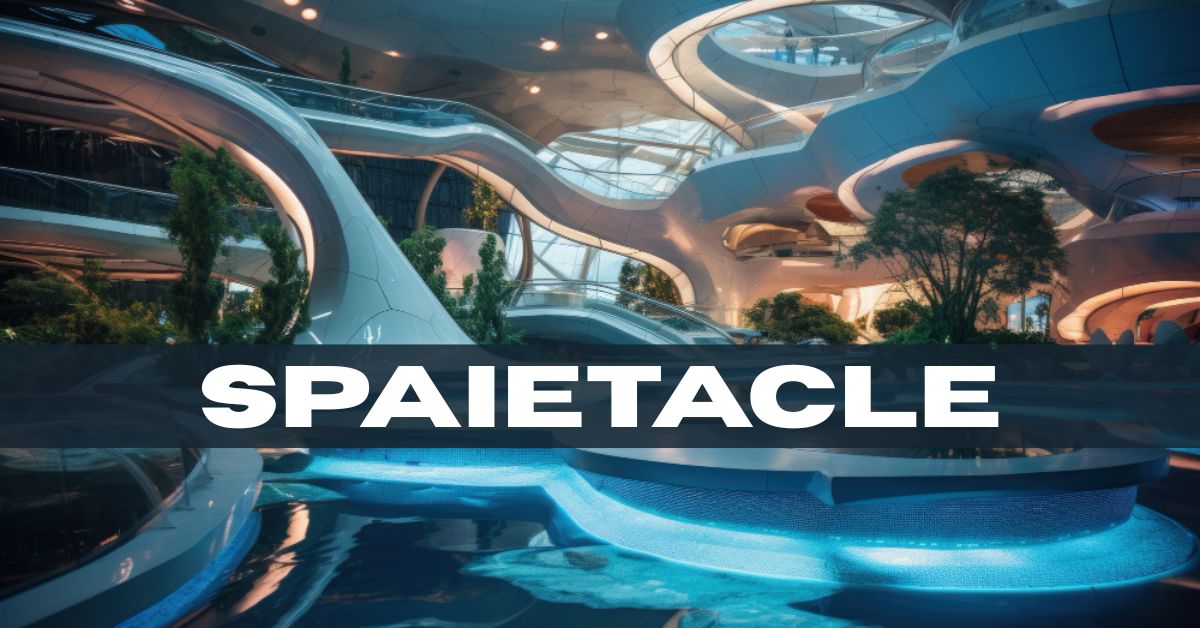Introduction to Sodiceram and its uses
Welcome to the exciting world of Sodiceram, where science and innovation converge to provide cutting-edge sodium ceramic solutions. If you’re curious about how these advanced materials can transform industries and enhance everyday products, you’re in the right place. From improving energy efficiency in appliances to revolutionizing medical devices, Sodiceram is making waves across various sectors. Join us as we delve into the fascinating benefits and applications of this remarkable technology that promises not just performance but also sustainability for a better future. Get ready to discover why Sodium Ceramic Solutions are becoming indispensable in today’s fast-paced world!
The Benefits of Sodium Ceramic Solutions
Sodium ceramic solutions, like Sodiceram, offer remarkable advantages across various industries. One of the most notable benefits is their exceptional thermal stability. This property allows them to withstand extreme temperatures without degrading.
Another key advantage lies in their chemical resistance. Sodium ceramics are less susceptible to corrosion and wear from harsh chemicals, making them ideal for demanding environments.
Additionally, these solutions exhibit impressive electrical insulating properties. Industries requiring reliable insulation can greatly benefit from using sodiceram materials.
Sodiceram also showcases enhanced mechanical strength compared to traditional ceramics. This durability translates into longer-lasting products that require fewer replacements over time.
Moreover, sodium ceramic technologies contribute to sustainability efforts by reducing waste and energy consumption during production processes. Their efficiency aligns well with modern environmental goals while maintaining high performance standards across applications.
The Science Behind Sodiceram: How it Works
Sodiceram operates on the principle of harnessing sodium ions within a ceramic matrix. This unique structure allows for enhanced electrical conductivity and thermal stability, setting it apart from traditional ceramics.
When heated, Sodium ions migrate through the ceramic lattice. This migration facilitates faster ion exchange, promoting superior performance in various applications. The result is an advanced material that can withstand extreme conditions while maintaining structural integrity.
Moreover, Sodiceram’s composition enhances its durability. It resists chemical degradation and shows remarkable resilience against harsh environments. This makes it suitable for industrial uses where other materials might fail.
The innovative bonding within Sodiceram also contributes to its lightweight nature without compromising strength. Such attributes make it ideal for sectors like aerospace and energy production, where efficiency is paramount.
Real-Life Applications and Success Stories
Sodiceram has made a significant impact across various industries, demonstrating its versatility and effectiveness. In healthcare, it has been used to develop advanced dental materials that enhance the strength and durability of restorations. This innovation leads to improved patient outcomes and satisfaction.
In construction, builders are incorporating sodium ceramic solutions into their projects for better insulation properties. The result is energy-efficient structures that reduce heating and cooling costs over time.
Manufacturers in the automotive sector have also embraced sodiceram technology. They utilize it to create lighter, stronger components that improve fuel efficiency while maintaining safety standards.
Success stories can be seen in countless applications—from aerospace components designed with enhanced thermal resistance to everyday consumer products benefiting from increased longevity. Each case highlights how sodiceram transforms ideas into tangible results across diverse fields.
Comparison to Other Ceramic Solutions
When evaluating sodiceram, it’s essential to consider how it stacks up against traditional ceramic solutions. Many ceramics rely on heavy metals and complex bonding agents that can affect performance over time.
Sodiceram, in contrast, utilizes sodium as a core component. This allows for greater flexibility and resilience under stress. Unlike some conventional options that may crack or degrade, it maintains, integrity even in demanding environments.
Additionally, the manufacturing process of sodiceram is more eco-friendly compared to other ceramic materials. This not only benefits the environment but also reduces costs associated with production waste.
Users often report superior thermal stability with sodiceram as well. While standard ceramics might struggle with extreme temperatures, this innovative solution performs reliably across a broader range of conditions.
This advanced technology positions sodiceram ahead of many competitors in both functionality and sustainability aspects.
Future Developments in Sodiceram Technology
The future of Sodiceram technology is poised for exciting advancements. Researchers are exploring ways to enhance its properties, making sodium ceramic solutions even more versatile.
One area of focus is improving the thermal stability of these materials. This enhancement could expand their applications in high-temperature environments, opening doors in industries like aerospace and energy.
Nanotechnology also holds promise for Sodiceram. By manipulating materials at a molecular level, scientists may develop new forms that offer superior strength and lightweight characteristics.
Sustainability is another vital aspect driving innovation. Efforts are underway to create eco-friendly production methods, reducing waste and energy consumption during manufacturing processes.
Collaboration between academia and industry will likely spur rapid developments. As partnerships grow stronger, breakthroughs can be expected that will revolutionize how we use sodium ceramics across various sectors.
Conclusion: Why Sodium Ceramic Solutions are the Way of the Future
Sodium ceramic solutions, such as Sodiceram, are transforming various industries by providing innovative and effective alternatives to traditional materials. The unique properties of sodium ceramics allow for enhanced durability, efficiency, and sustainability.
As we look to the future, these advancements in technology promise even greater benefits. With ongoing research and development, new applications will emerge that could further revolutionize how we think about materials in construction, manufacturing, and beyond.
The versatility of Sodiceram is impressive. From everyday household items to specialized industrial applications, its potential seems limitless. As more businesses recognize the advantages of integrating sodium ceramic solutions into their operations, it will become increasingly clear why these innovations represent a significant step forward.
Investing in this technology not only supports eco-friendly practices but also drives progress across multiple sectors. Embracing it today means being part of a movement toward smarter and more sustainable choices tomorrow.










